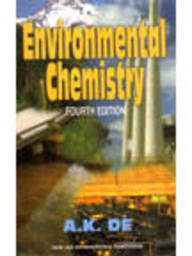

MOFs are composed of two major components: a metal ion or cluster of metal ions and an organic molecule called a linker. 5.11 Water vapor capture and dehumidification.5.1.5 Other methods of hydrogen storage.5.1.4 Determining hydrogen storage capacity.

5.1.2.3 Sensitivity to airborne moisture.5.1.2 Structural impacts on hydrogen storage capacity.4.4 Biomimetic design and photocatalysis.4.3.3 Homochiral MOFs with precatalysts as building blocks.4.3.2 Postmodification of homochiral MOFs.4.3.1 Homochiral MOFs with interesting functionalities and reagent-accessible channels.4.2.4 Reaction hosts with size selectivity.4.2.3 Entrapment of catalytically active noble metal nanoparticles.4.2.2 Functional linkers as catalytic sites.4.1.4 Metal-free organic cavity modifiers.2.2.1 High-throughput solvothermal synthesis.In contrast to MOFs, covalent organic framework (COFs) are made entirely from light elements (H, B, C, N, and O) with extended structures. The synthesis and properties of MOFs constitute the primary focus of the discipline called reticular chemistry (from Latin reticulum, "small net"). Other possible applications of MOFs are in gas purification, in gas separation, in catalysis, as conducting solids and as supercapacitors. Because of this property, MOFs are of interest for the storage of gases such as hydrogen and carbon dioxide. In some cases, the pores are stable during elimination of the guest molecules (often solvents) and could be refilled with other compounds. A coordination network is a coordination compound extending, through repeating coordination entities, in one dimension, but with cross-links between two or more individual chains, loops, or spiro-links, or a coordination compound extending through repeating coordination entities in two or three dimensions and finally a coordination polymer is a coordination compound with repeating coordination entities extending in one, two, or three dimensions. More formally, a metal–organic framework is a coordination network with organic ligands containing potential voids. The organic ligands included are sometimes referred to as "struts" or "linkers", one example being 1,4-benzenedicarboxylic acid (BDC). They are a subclass of coordination polymers, with the special feature that they are often porous. Metal–organic frameworks (MOFs) are a class of compounds consisting of metal ions or clusters coordinated to organic ligands to form one-, two-, or three-dimensional structures. Scanning electron microscope image of the seed inside an MOF crystal


 0 kommentar(er)
0 kommentar(er)
